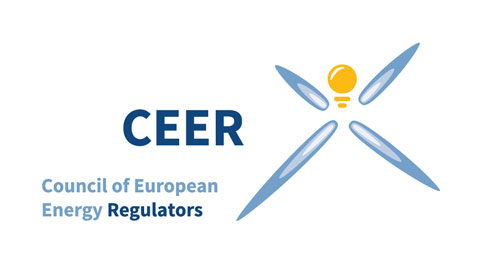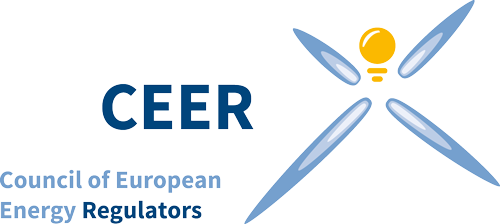April 2017

Editorial
CEER has published a new report on renewable energy resources (RES) support schemes. This report includes country data on the coverage and cost of RES support schemes across Europe. The report is expected to be of high interest to EU law-makers given the current negotiations on the Clean Energy legislative proposal (see our feature article below and our press release “regulators count up the high cost of renewables support in Europe”.)
We also have 2 consultations open: one on incentives for DSOs and the other on flexibility use at distribution level.
Upcoming events: our 19 April public hearing (in Brussels) on incentives for DSOs, and the CEER-NARUC International Forum (27 April) in USA.
Our next training course for regulators is on Wholesale Market Monitoring (10 May).
Renewable Support Schemes in Europe – levels and costs to consumers
The new CEER Status Review of Renewables Support Schemes in Europe shows the coverage and cost of support schemes for renewable energy sources (RES) across Europe.
What’s in the RES report?
Covering 28 countries, the CEER RES report highlights country data on the amount of RES support, the type of support instrument and the expenditure (by technology) on RES support.
Main Findings
• The weighted average subsidy paid to renewable generators, on top of the wholesale price, was circa €110/MWh in 2015
• RES support schemes are a significant cost to electricity consumers
• Scheme types vary across Europe
• Amount and cost of RES support differs across countries and technology
Who pays the cost of the RES Support?
The CEER-ACER Market Monitoring Report (Retail Volume, November 2016) found that RES subsidies are now a significant and rising proportion of average electricity consumer bills in Europe, having risen from about 6% of average bills in 2012 to 13% in 2015.
CEER’s new RES report shows that the cost of the RES support is financed either through taxes or non-tax levies such as the consumer’s bill.
Scheme and Cost Variations
The CEER RES report shows a wide variation in support scheme costs across countries and technology. The main schemes (in 21 countries) are feed-in tariffs (FITs), followed by Green Certificates (in 7 countries). Furthermore, in 14 out of 28 countries, RES producers have no balancing responsibilities. In addition, the proportion of gross electricity produced receiving RES support differs widely across countries, ranging from 1% in Norway to 62% in Denmark in 2014, with an average across countries of 16% in 2014. Photovoltaics, hydro, and bioenergy are most widely supported.
Relevance to Clean Energy proposals
This data draws attention to the importance of CEER’s continuing message to policy-makers: RES support schemes, where needed, should be designed efficiently to help minimise their costs. CEER supports the European Commission’s efforts in the Clean Energy proposals to integrate RES into the market, for balance responsibility to apply to all RES, and for priority dispatch to be generally phased out.
Regulators shall issue a series of short regulatory white papers, including on related RES issues, as part of our response to the European Commission’s Clean Energy proposals.
Public Consultations and Events
Visit our website for our future consultations and events.
Events:
- Public hearing (19 April) on DSO incentive schemes. Register here
- CEER-NARUC International Forum (27 April, Arlington, Virgina, USA). Register here
Public Consultations
- Incentives Schemes for regulating DSOs, including for Innovation (deadline: 12/05/2017)
- Flexibility use at distribution level (deadline: 25/05/2017)
- CEER Status Review of Renewable Support Schemes in Europe
- CEER Press Release
International
Deadline for articles and Women in Energy stories for the next ICER Chronicle is extended until 1 May.
Contact
Tel: +322 788 7330 or
+ 32 484 668 599

